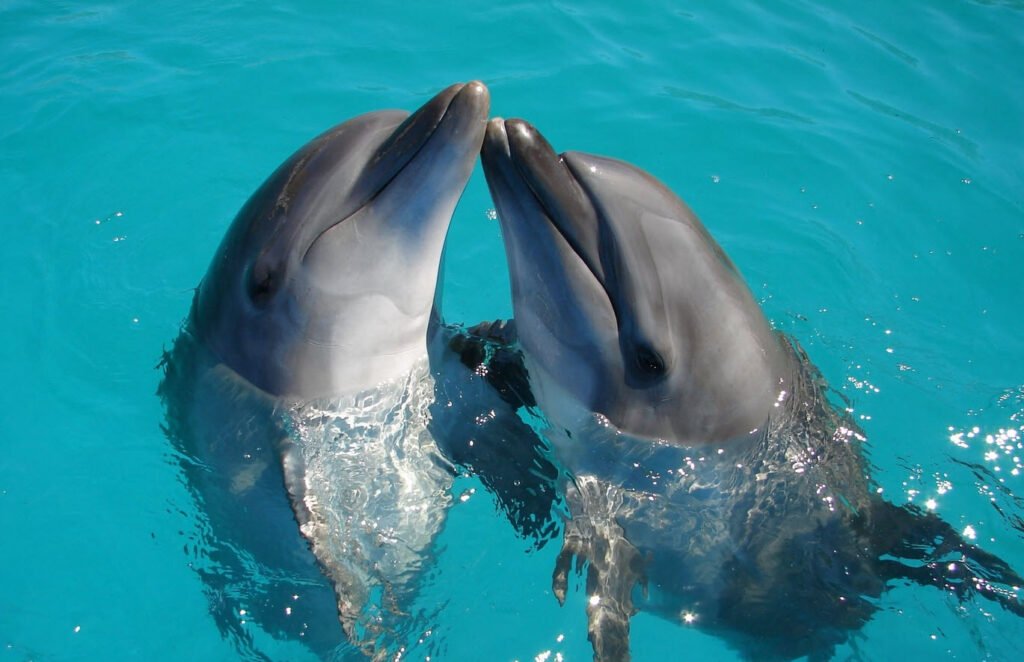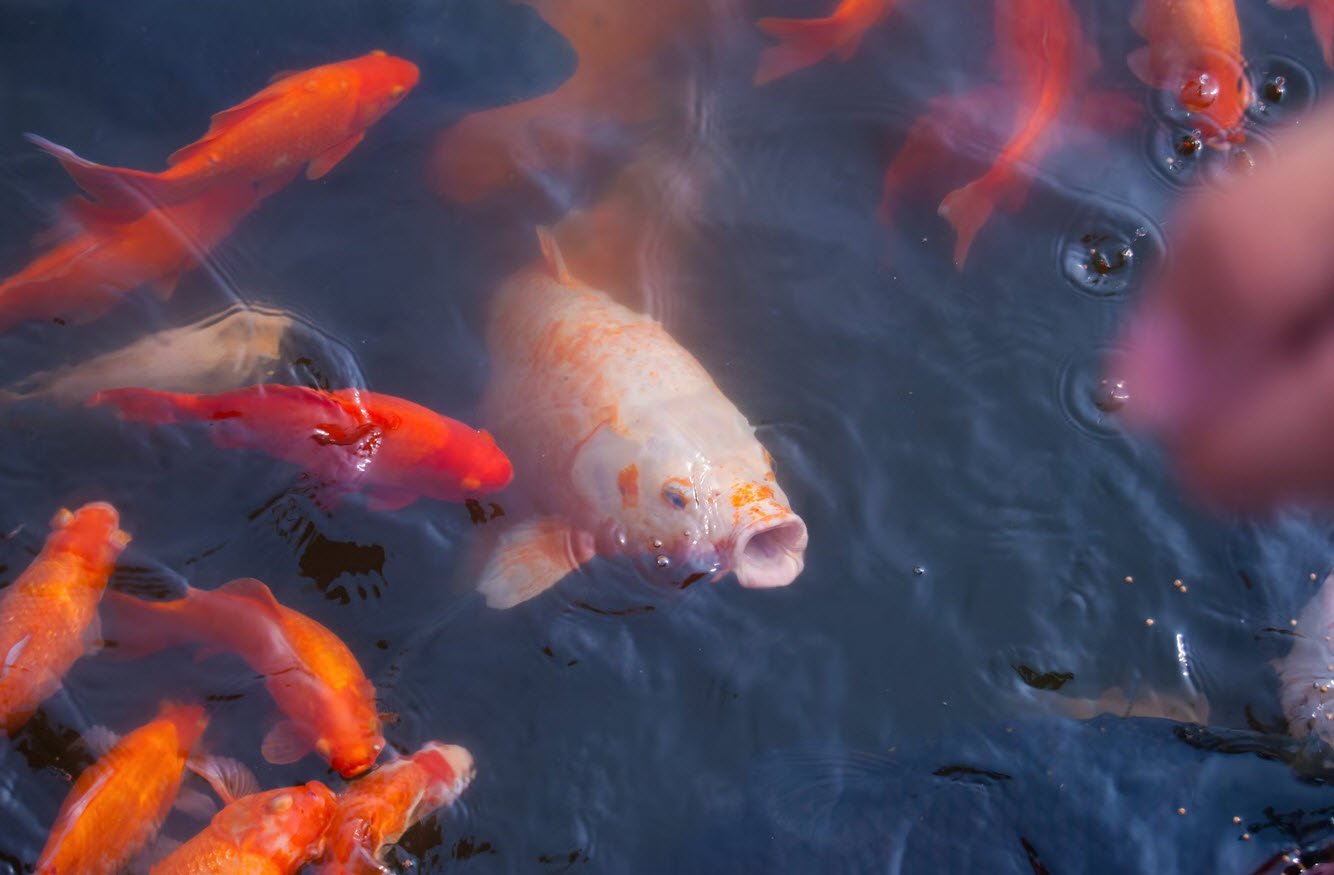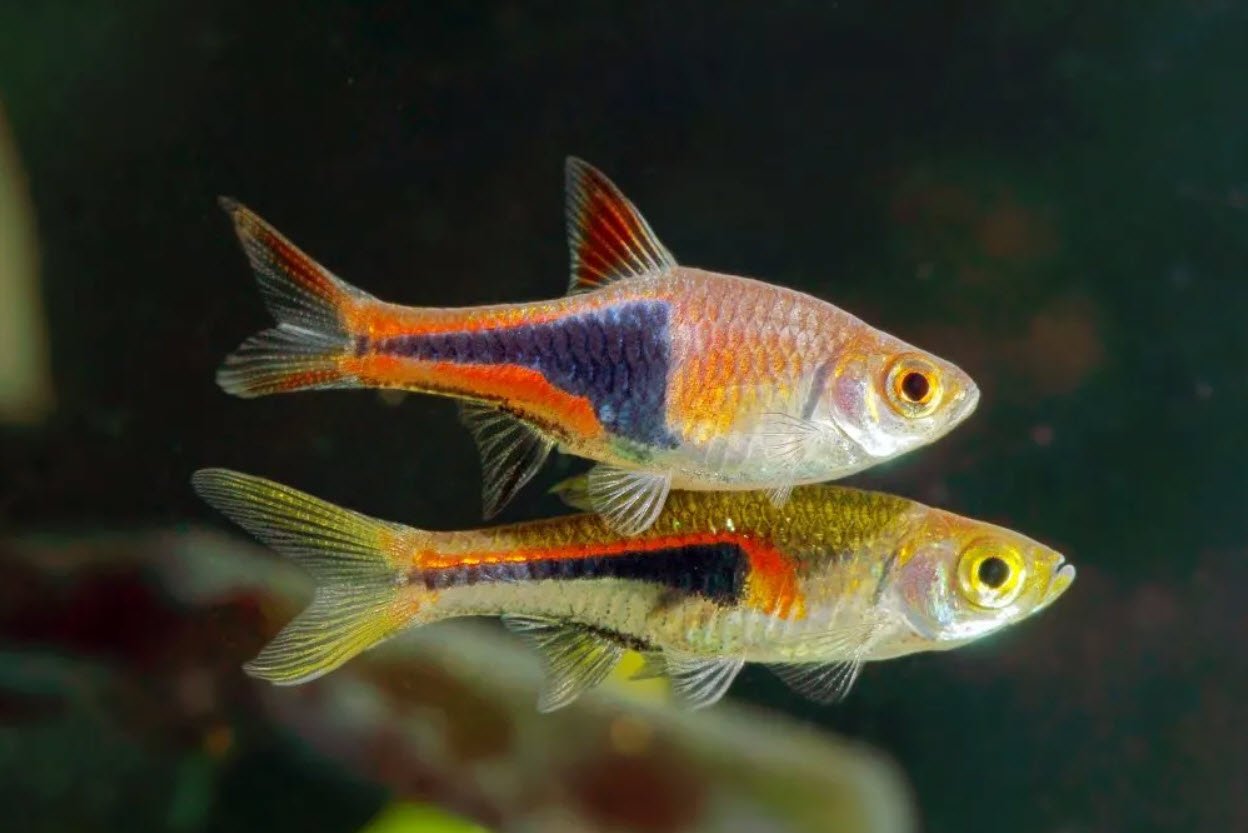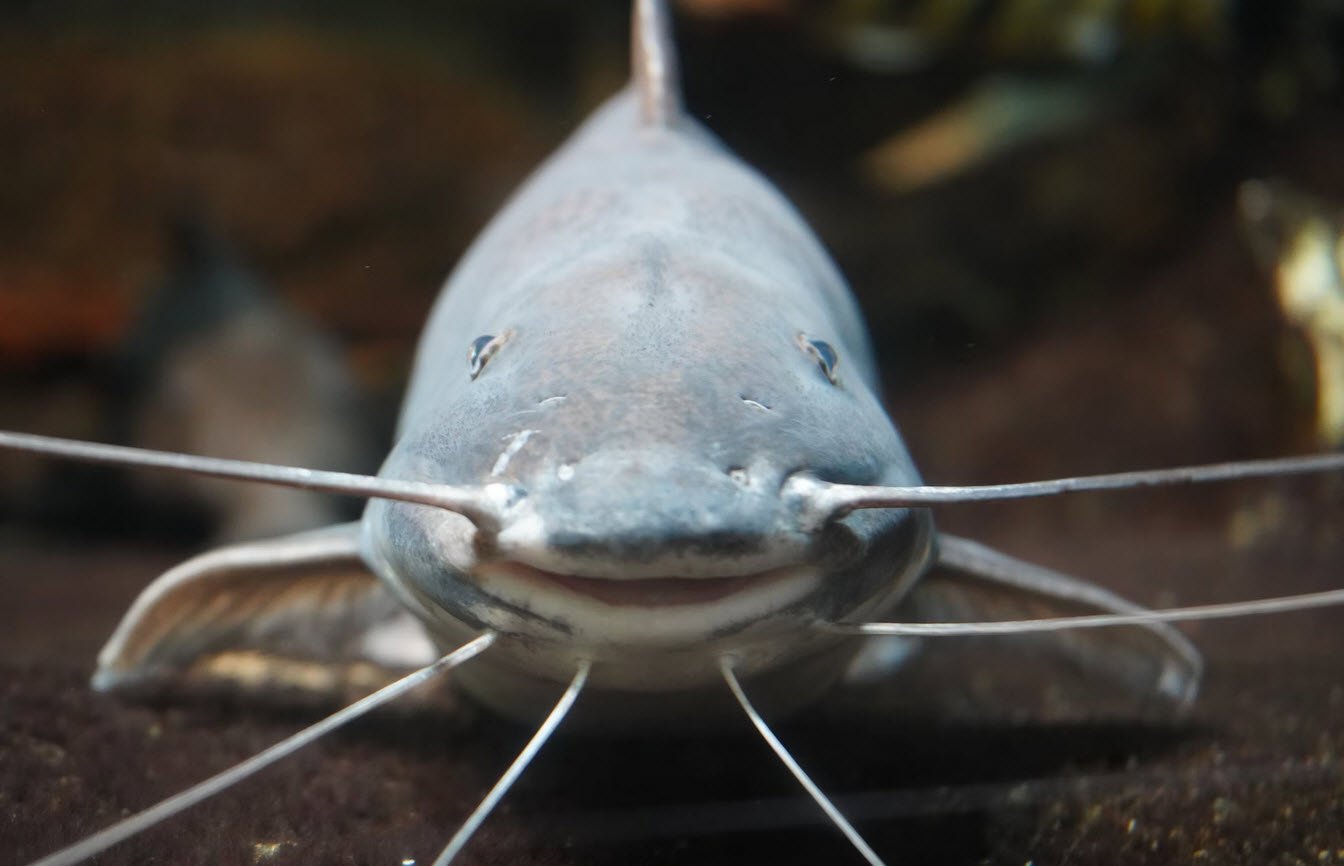
Dolphins are some of the most beloved and charismatic creatures inhabiting the world’s oceans and rivers. With their playful behavior, intelligence, and captivating grace, dolphins have captured the hearts and imaginations of people worldwide.
In this article, we will embark on a journey to explore a selection of dolphin species from various parts of the world, each with its unique characteristics and adaptations.
| S.No. | Dolphin Name | Scientific Name |
| 1. | Hourglass Dolphin | Lagenorhynchus cruciger |
| 2. | Pacific White-sided Dolphin | Lagenorhynchus obliquidens |
| 3. | Short-Beaked Common Dolphin | Delphinus delphis |
| 4. | Commerson’s Dolphin | Cephalorhynchus commersonii |
| 5. | Bottlenose Dolphin | Tursiops truncatus |
| 6. | Spinner Dolphin | Stenella longirostris |
| 7. | Amazon River Dolphin | Inia geoffrensis |
| 8. | Dusky Dolphin | Lagenorhynchus obscurus |
| 9. | Atlantic-Spotted Dolphin | Stenella frontalis |
1. Hourglass Dolphin
The hourglass dolphin is known for its striking black and white coloration, resembling the shape of an hourglass on its flanks. This small dolphin species is found in the cold waters of the Southern Ocean.
2. Pacific White-sided Dolphin
Pacific white-sided dolphins are known for their vibrant coloring, featuring a dark gray dorsal area and white sides. They are often seen leaping and riding the bow waves of boats off the coast of North America.
3. Short-Beaked Common Dolphin
Common dolphins are known for their acrobatic displays and remarkable speed. They are recognized by their distinctive hourglass pattern on their sides and are found in tropical and temperate waters.
4. Commerson’s Dolphin
Commerson’s dolphins are small, stocky dolphins with striking black and white patterns. They are typically found in the cool waters of the Southern Hemisphere, particularly around South America.
5. Bottlenose Dolphin
Perhaps the most famous dolphin species, bottlenose dolphins are known for their high intelligence, friendly demeanor, and adaptability. They are found in a wide range of ocean environments.
6. Spinner Dolphin
Spinner dolphins are named for their acrobatic spinning jumps out of the water. They are often seen in tropical waters and are known for their playful behavior.
7. Amazon River Dolphin
Amazon river dolphins, also known as pink dolphins or boto, are the largest river dolphins in the world. They are famous for their pink coloration and inhabit the Amazon and Orinoco river systems.
8. Dusky Dolphin
Dusky dolphins are known for their sleek bodies and striking dark markings. They are often found in cold, nutrient-rich waters and are highly social animals.
9. Atlantic-Spotted Dolphin
Atlantic-spotted dolphins are recognized by their intricate and captivating spotted patterns. They inhabit the warm waters of the Atlantic Ocean and are known for their curious nature.
Dolphin Behavior and Social Structure
Dolphins are highly social and intelligent creatures, often found swimming in pods ranging from a few individuals to hundreds. They engage in a wide range of behaviors, from breaching and tail-slapping to intricate vocalizations. Their echolocation abilities are well-documented, allowing them to communicate and navigate effectively in their underwater environments.
Conservation and Challenges
Despite their widespread popularity, dolphins face numerous conservation challenges. These include habitat degradation, pollution, climate change, and the accidental capture of dolphins in fishing nets, known as bycatch. Conservation efforts and marine protection are crucial to ensuring the survival and well-being of these remarkable marine mammals.
Conclusion
Dolphins are ambassadors of the oceans, captivating us with their beauty, intelligence, and joyful spirit. As we continue to learn more about these magnificent creatures, it becomes increasingly important to protect their natural habitats and ensure their survival for generations to come. The world’s dolphins offer us a glimpse into the wonder and complexity of marine life, reminding us of the need to cherish and safeguard our precious oceans.
You may also like:





